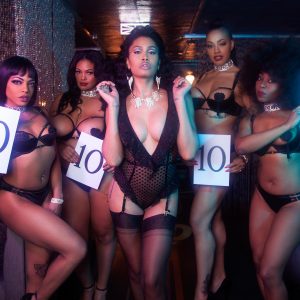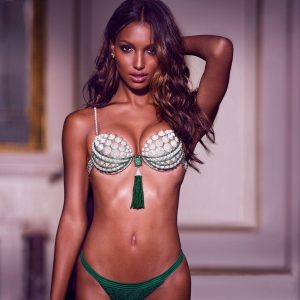Diversity & Sexuality: Talking About the Way We Talk About Victoria's Secret
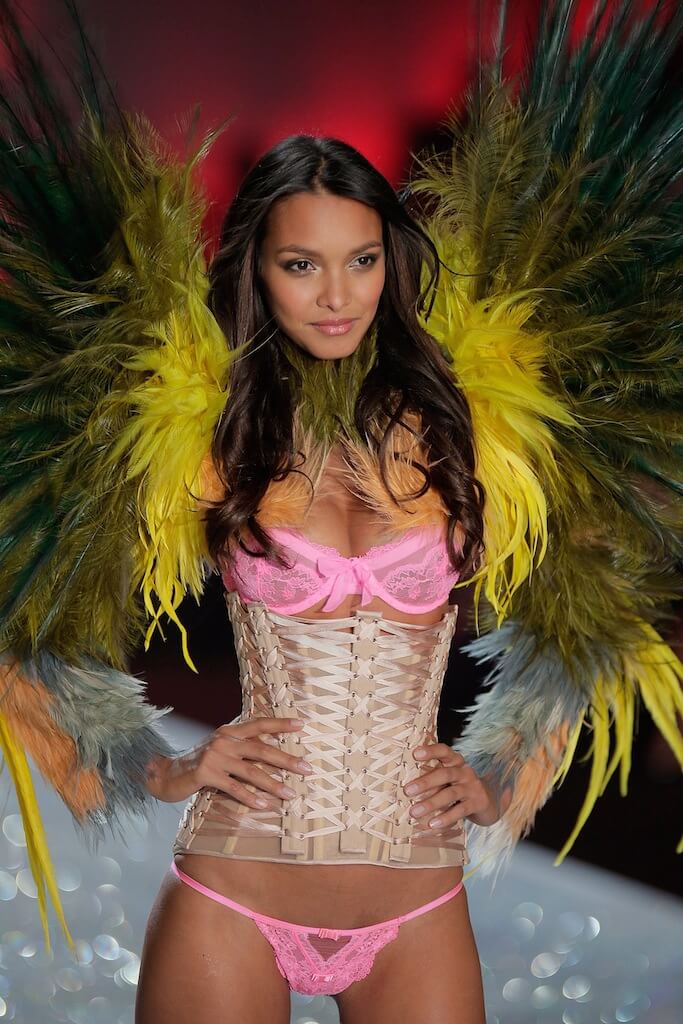
A couple of weeks ago, the Victoria's Secret Fashion Show aired in the United States. As usual, it was taped about a month before, and then there were several weeks of hyping and promos and press releases about every single detail of the event --- from how many Swarovski crystals they use to what the models' pre-show workout regimen is. As a fashion show, the VSFS doesn't really interest me; my lingerie tastes don't tend towards the padded/pushup/contour bras side of things. However, I am quite interested in how people talk about the Victoria's Secret Fashion Show.
Around this time of year, a lot of articles come out about the harm Victoria's Secret does, and in particular, how harmful they are to young women. As I near my 30th birthday (and simultaneously exit both the "young woman" category and Victoria's Secret's target demographic), these discussions are very intriguing to me. I feel like I'm far enough away from my VS years (teens + early 20s) to be able to look back with some objectivity, yet not so far away that everything takes on that rosy hue of idealized nostalgia.
Despite their popularity (or unpopularity, depending on which blogs you read), I only talk about Victoria's Secret a couple of times a year on TLA --- once around the Victoria's Secret Fashion Show and once or twice when they make the news for some other reason (like refusing to sell mastectomy bras). This year, I want to talk about some of the common criticisms directed towards the brand, particularly in regards to diversity and sexuality.
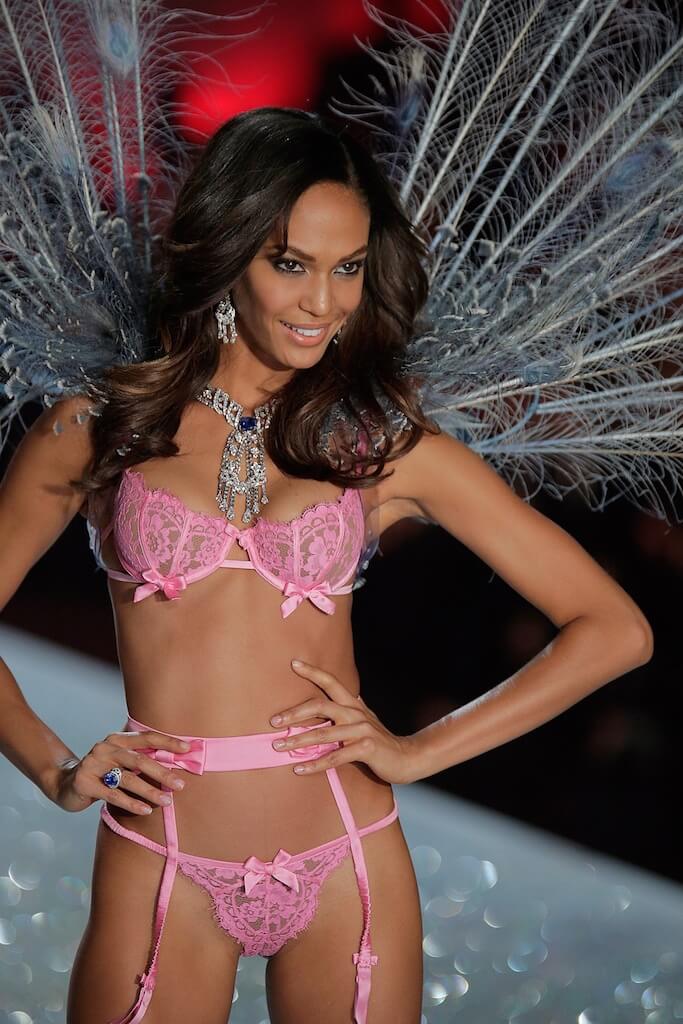
Diversity
Every year, the bodies of the Victoria's Secrets models make headlines, namely because the brand doesn't use any full bust or plus size models. That's definitely an issue as size diversity is an important kind of diversity, but it's not the only kind of diversity. Unfortunately, in many of the articles I read this year about the show, the only body image critiques made were about size/body shape. Beauty standards encompass much more than just the number on a dress tag. Regular readers of this blog know that we often use lingerie as a lens to discuss social issues, and I found myself doubly disappointed this year. One, because Victoria's Secret has no 'Angels' of color right now and two, because no major media outlets thought that was worth discussing.
While there were both Asian and black models featured in the fashion show (a record high number, in fact, which should be acknowledged), the team of Victoria's Secret Angels are the most visible and famous models for the brand. The models chosen for this marketing campaign also garner some of the most lucrative advertising contracts in the entire fashion industry (not to mention all that priceless exposure; VS practically launched Candice Swanepoel's career single-handedly). There's been a lot of much-needed conversation in recent seasons about the lack of models of color in ad campaigns... which is where fashion models make the big bucks and get the major recognition. It would have been nice to see this development touched on in the larger fashion and body image blogging communities.
I would also love if conversations on body image made more frequent notice of age. At 32, both Adriana Lima and Alessandra Ambrosio are the oldest Victoria's Secret Angels. Lindsay Ellingson is the next oldest at 29, while Doutzen Kroes and Lily Aldridge are the third oldest at 28. In addition, Heidi Klum modeled for the brand until she was 37, and Tyra Banks modeled for them until she was 32. Now I'm not calling 28, 29, 32, or 37 "old," but in an industry that recruits models as young as 14, 15, and 16 for the runway (or 18 in Victoria's Secret's case), it's nice to know that models my age are still around and popular. I hope that Adriana Lima, Alessandra Ambrosio, and the other women are Victoria's Secret models for years to come, as there is definite value in showing women in their 30s, 40s, and beyond as attractive and desirable.
To be perfectly honest, it'd be wonderful if Victoria's Secret took this concept further and brought back some of their classic supermodels like Stephanie Seymour, Daniela Pestova, Helena Christensen (who's currently working and modeling for Triumph Lingerie), and Laetitia Casta. Being able to identify with a model goes beyond sharing the same dress or bra size, it can also involve being the same age or reaching the same stage in life (such as marriage or motherhood).
Finally, Carmen Carrera made a lot of headlines in the leadup to the taping of the show due to a Change.org petition that tried to get her on the runway. Unsurprisingly, Victoria's Secret had no comment on the petition (they rarely comment on anything the least bit controversial), but if we're talking diversity and representation and body image, then gender identity should absolutely be a part of that conversation. Lea T. and Ines Rau have appeared in several recent editorials and ad campaigns, and it's a really great thing to see models who are also trans* becoming more visible in the fashion industry. While I don't expect Victoria's Secret to hire Carmen Carrera anytime soon, I am glad that the beginnings of this conversation are happening right now, and I hope it keeps going.
I've mentioned it here before, but I would genuinely like to see conversation on diversity expand beyond size again. It's disconcerting to me that many major media outlets, bloggers, and other voices in the industry use the singular word "diversity," without any modifiers or caveats, to only refer to size. Doing so not only prioritizes size above all these other body image concerns, it also renders these other issues invisible... as though they're not even worthy of being mentioned.
If one is making the argument that an absence of diversity is harmful to young women, then it stands to reason that there are multiple ways of doing such harm. Any discussion on body image and beauty standards is lacking and flawed when it's tied to only a single aspect of beauty. While a conversation on size addresses one element of the diversity problem, that's not enough. Whether the subject of the discussion is Victoria's Secret or some other lingerie company, all aspects of diversity deserve attention and consideration.
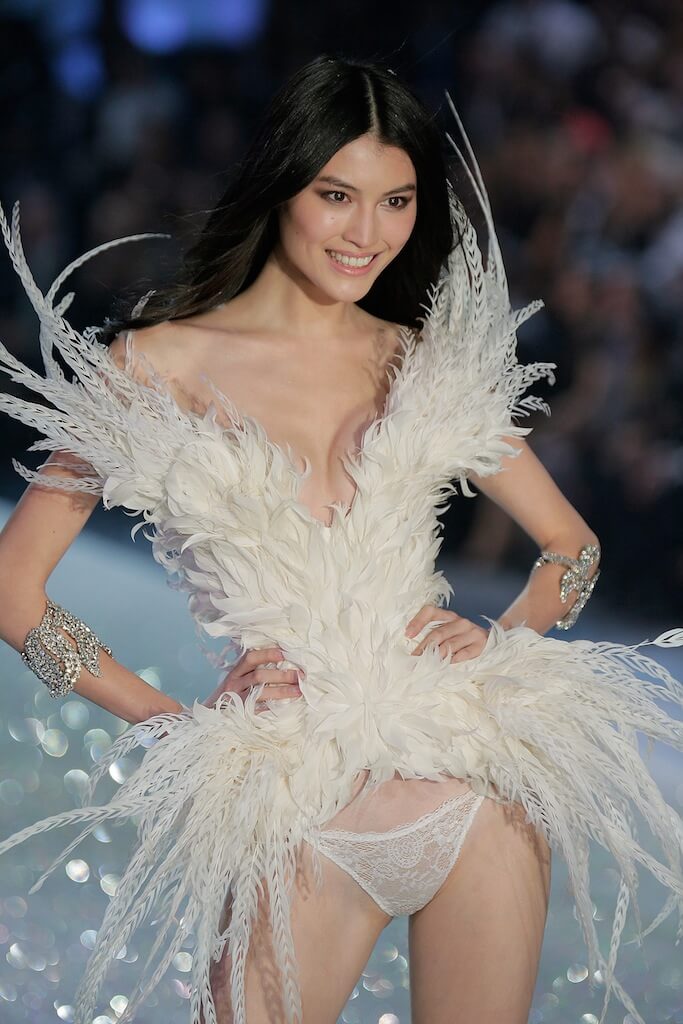
Sexuality
Very often, at least from my perspective, conversations about Victoria's Secret and sexuality drift off into the "deep end." Either you hate everything they're doing and believe they should be shut down immediately, or you hate women (or some other, equally hyperbolic nonsense). The conversation on sex and sexuality and lingerie and Victoria's Secret is, like a lot of other things, much more complex and subtle than all that. This year, Victoria's Secret made headlines for their "Bright Young Things" collection, which elicited several allegations of "sexualizing" young women, in particular, teenagers. However these conversations sometimes have the unfortunate side effect of tipping over into body snark and sexuality shaming, where women are not only ridiculed for having insufficiently feminine bodies but also for wanting to express their sexuality through their lingerie.
This article isn't about the "healthiness" or "unhealthiness" of Victoria's Secret's particular brand of sexuality (and I'm being very deliberate when I use the word "brand"). There are a number of issues with the way VS portrays women (submissive, passive), and I'd love to see a more active, self-aware, self-possessed version of sexuality in lingerie advertising... not just from Victoria's Secret but from almost every other lingerie brand in the industry. If nothing else, women's come-hither glances and parted lips have turned into a tired trope --- it's boring. There's more to sexuality than the formula of pretty girl + lingerie.
That said, I am incredibly uncomfortable with how a conversation on sexuality, at least in America, disregards the role of lingerie (or clothing in general, for that matter) as a way of feeling "sexy." There are a lot of memes and self-esteem posters insisting that sexuality (especially a "real" or "healthy" sexuality) all takes place on the inside, and I understand what those messages are trying to do. In a world where so much emphasis is placed on a woman's external appearance, these notices are trying to remind women, especially young women, that there's more to who they are than their appearance. That's a wonderful thing, and it shouldn't stop.
However, there's also nothing wrong with saying that people can express their sexuality (which, let's face it, is a big part of your identity) through dress, including lingerie and "sexy lingerie." While my personal interest in lingerie tends towards the fashion side of things, no one should get to tell anyone else that an expression of their sexuality is "healthy" or "unhealthy" because it involves push-up bras, garter belts, or knickers with words on the backside. Women can wear sexy, titillating, provocative, naughty, dirty, trashy, cheap, or even slutty lingerie and still have a "healthy sexuality." Women can buy this kind of lingerie for one partner, no partners, or many partners and still have a "healthy sexuality." One's underwear choices are not a shortcut for determining sexual health.
I'd much rather see a message reminding young women that exploring their sexuality is okay, and that self-respect shouldn't be determined by one's undergarments. Learning what you like, playing around with what you see other people do, and keeping or discarding as necessary is part and parcel of discovering your own sexual identity. Not very "healthy" sexual encounter has to occur in the context of a relationship with lots of conversation and people being appreciated for their stellar personalities. And being physically attracted to the person you want to sleep with isn't "shallow." There is no need for a false dichotomy here. You can quite literally have it all.
The word "empowerment" gets thrown around a lot, so much so that its meaning has become watered down and lost. However, I believe empowerment, at least in this context, comes through taking ownership of your appearance, whatever that may be. Empowerment doesn't come from creating more rules of what's appropriate, healthy, or socially acceptable. It comes from letting women, including young women, go through that entirely natural process of self-discovery and exploration. Fun, flippance, naughtiness... it's all okay. And we can both encourage Victoria's Secret to expand their notion of sexuality without completely decoupling lingerie from sexuality (at least for people who express aspects of their sexual identity through lingerie). No woman's self-esteem should be dependent on the underwear she chooses, and that goes both ways.
Final Thoughts on the 2013 Victoria's Secret Fashion Show
As far as the show itself, there isn't much to say. The lingerie was bland, and the entire production was boring. The pieces that most impressed me (the harnesses, corsets, and 3-D printed lingerie) weren't actually made by VS at all. While the VSFS didn't have a record viewership this year, it was the leader in programming for the night it aired, indicating that the show is still extremely popular.
I may be dating myself, but my favorite Victoria's Secret Fashion Show happened in 2005 (i.e. Tyra Banks' last show), because it was genuinely creative, imaginative, and fashionable. In the last eight years, however, Victoria's Secret has opted for focusing on items that can be purchased from within their stores, a, strategic marketing move, but one that results in a steadily duller show year after year as VS' own product offerings become more and more homogenous. Even the musical talent for this year was lackluster, and had I not felt the need to watch and discuss the show for TLA readers, I'd have skipped it entirely. It's just not interesting anymore.
Fellow lingerie addicts, did you watch the Victoria's Secret Fashion Show this year? If so, what did you think of it? And what are your thoughts on the way people discuss diversity and sexuality in regards to Victoria's Secret?
Photo Credits: All images via Getty Images. Taken by Randy Brooke.





